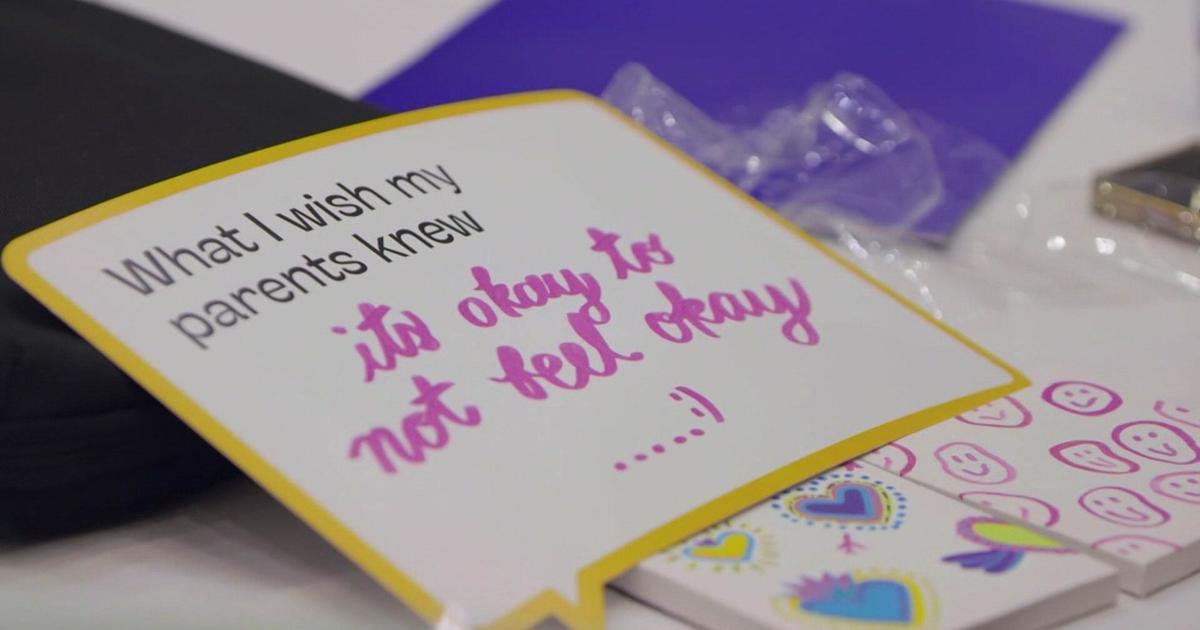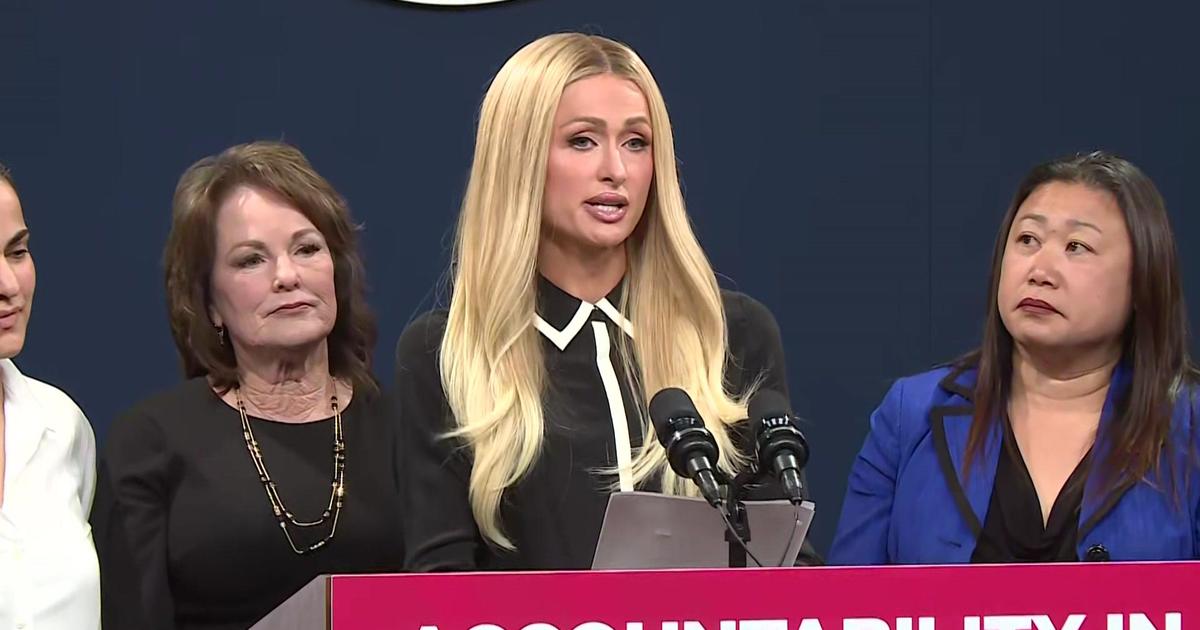Do You Know How Much Artificial Sweetener You're Feeding Your Child?
(CNN) -- Parents don't want to give their children foods with artificial sweeteners, surveys show.
Yet many parents are doing just that when they buy foods that say reduced sugar or no sugar added, according to the American Academy of Pediatrics.
"Studies show most parents aren't aware that when they choose a low-calorie or low-sugar product, they are likely giving their children artificial or nonnutritive sweeteners," said pediatrician Dr. Carissa Baker-Smith.
She is the lead author on a new AAP policy statement released Monday calling attention to potential long-term safety risks of the use of nonnutritive sweeteners by children.
"We looked at all the studies on these products and found there's little known about how these sweeteners might affect children's long-term health," Baker-Smith said.
Hiding in plain sight
Artificial sweeteners are high-intensity sweeteners many times sweeter than sugar. They add few or no calories to the foods they flavor and generally do not raise blood sugar levels.
Because they can be made from natural ingredients such as herbs (Stevia, Truvia), fruits and berries (sugar alcohols like sorbitol often used in chewing gum) as well as synthesized from chemicals (saccharin, aspartame), they are now called "nonnutritive sweeteners."
Whatever they are called, these sweeteners are "ubiquitous" in the products we consume, Baker-Smith said, and it can be hard to people to pick them out.
"First you have to read the ingredient list," she said, "and then you have to know the names of all the different sweeteners. Do people really recognize aspartame and acesulfame potassium?"
One 2014 study found parents were unable to identify these nonnutritive sweeteners in 77% of the products they were shown.
FDA approved sweeteners
The US Food and Drug Administration has approved six high-intensity sweeteners as food additives: saccharin, aspartame, acesulfame potassium (Ace-K), sucralose, neotame and advantame.
Stevia and Luo Han Guo (a super-sweet extract of monk fruit) are being allowed under the GRAS (generally recognized as safe) determination. However, stevia leaf and crude stevia extracts are not considered GRAS and do not have FDA approval.
Truvia and Stevia are made from a highly refined stevia leaf extract which is blended with sugar alcohols or powders made from corn, rice, potato or wheat.
Cyclamate and its salts, such as calcium cyclamate, sodium cyclamate, magnesium cyclamate, and potassium cyclamate, are banned in the United States due to concern over an increased risk of cancer in animals.
However, cyclamates are approved for use in more than 100 other countries, including food trade partners such as Mexico and Canada. They are often found in jellies, baked goods, soft drinks, chocolate, candies, breakfast cereals, salad dressing and toothpaste.
How much are you eating?
Even if a parent recognizes a name from this alphabet soup of products, Baker-Smith said, it's then impossible to discover how much sweetener is in each serving.
"The amount per serving is not listed on product labels, so you don't actually know how much sweetener a child is eating," she said.
In their new guidance statement, the AAP is calling for manufacturers to do a better job of labeling these nonnutritive sweetners
"And the FDA should require manufactuers to list the amount of nonnutritive sweetener a product contains on labels," Baker-Smith said. "That would help families and researchers understand how just how much is actually being consumed."
The FDA has set limits on the amount of each sweetener that a 132-pound person should consume each day.
For example, you should only consume nine packets of Truvia, PureVia and Enliten a day; Splenda, Sweet One, Sunett and Newtame, are maxed out at 23 packets each day. You can eat 75 packets of Nutrasweet, Equal or Sugar Twin.
While an adult of 132 lbs would have to eat a lot of non-caloric foods to reach that limit, young children do not weigh that much.
"And besides, it's a cumulative exposure right?" Baker-Smith asked. "If I start eating these at three and keep eating them until I'm 60, we don't know what the long-term exposure might be.
"Some would argue that we've been using these for decades now," she said, "but I still say that we just don't have the research to know, either way."
Reaction from industry
The International Sweeteners Association, an industry trade group, sent CNN a statement, which read in part: "Research at (a) global level confirms that low/no calorie sweeteners' intake remains well below the individual sweetener Acceptable Daily Intake (ADI) among the general population, in both children and adults."
Regulatory agencies from the US, Europe and the World Health Organization have "approved low/no calorie sweeteners for both adults and children," the statement said.
"Accordingly, the safety of consumers, including children, is assured by said agencies and the permitted maximum levels of low/no calorie sweeteners based on their scientific advice."
The-CNN-Wire
™ & © 2019 Cable News Network, Inc., a WarnerMedia Company. All rights reserved.



